Search
Search Results
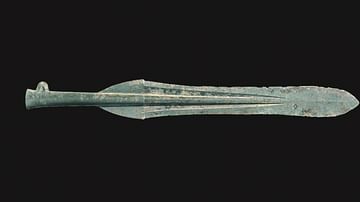
Definition
Yayoi Period
The Yayoi Period is one of the oldest historical periods of Japan spanning from c. 300 BCE to c. 250 CE, preceded by the Jomon Period and followed by the Kofun Period. The name Yayoi comes from the district in Tokyo where the first artifacts...
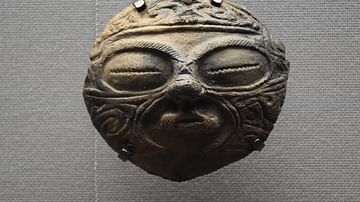
Definition
Jomon Period
The Jomon Period is the earliest historical era of Japanese history which began around 14500 BCE, coinciding with the Neolithic Period in Europe and Asia, and ended around 300 BCE when the Yayoi Period began. The name Jomon, meaning 'cord...
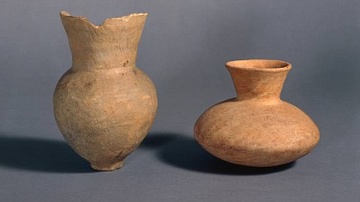
Image
Yayoi Pottery
Unglazed, hand-made red pottery vases from the Late Yayoi Period, 1st-2nd century CE Japan.
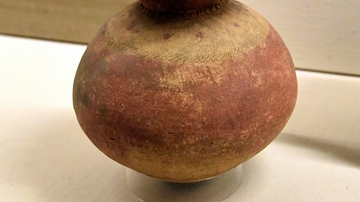
Image
Yayoi Jar with Beaded Neck
This jar has small beads around the neck and is decorated with red pigment and cord impressions. As regional rulers became more powerful in the Yayoi period, they demanded higher quality ceramics. Warfare also became more common, and in Western...
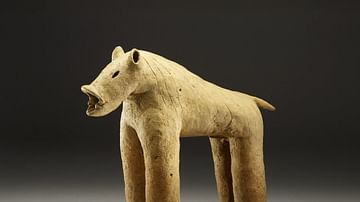
Definition
Kofun Period
Following the Yayoi Period of Japan when farming and metalworking techniques were introduced from mainland Asia was the Kofun Period (c. 250 CE - 538 CE) where the religion of Shinto emerges from the beliefs of previous eras and the Yamato...

Video
The Japanese Yayoi Period
This video briefly describes the important historical developments of the Japanese Yayoi Period.

Video
The First Yayoi Village in Japan
This video details the historic site of a Yayoi village in Japan believed to be one of the first (if not the first) Yayoi period village in Japan dating to 300 BCE.
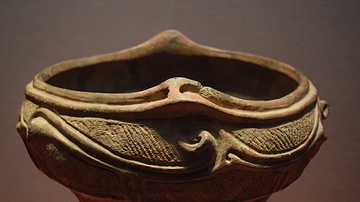
Definition
Jomon Pottery
The Jomon Period (c. 14,500 - c. 300 BCE) of ancient Japan produced a distinctive pottery which distinguishes it from the earlier Paleolithic Age. Jomon pottery vessels are the oldest in the world and their impressed decoration, which resembles...
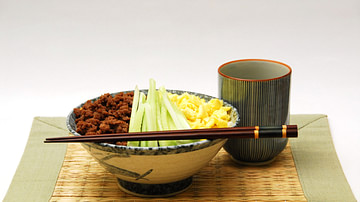
Article
Food & Agriculture in Ancient Japan
The diet of ancient Japan was heavily influenced by its geography as an archipelago, foodstuffs and eating habits imported from mainland Asia, religious beliefs, and an appreciation for the aesthetic appearance of dishes, not just the taste...
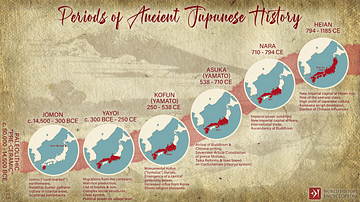
Image
Periods of Ancient Japanese History
An image illustrating the progression of periods in ancient Japanese civilization from its pre-historic settling by paleolithic migrants from northeast Asia. Through profound domestic evolution and constant international exchange during the...